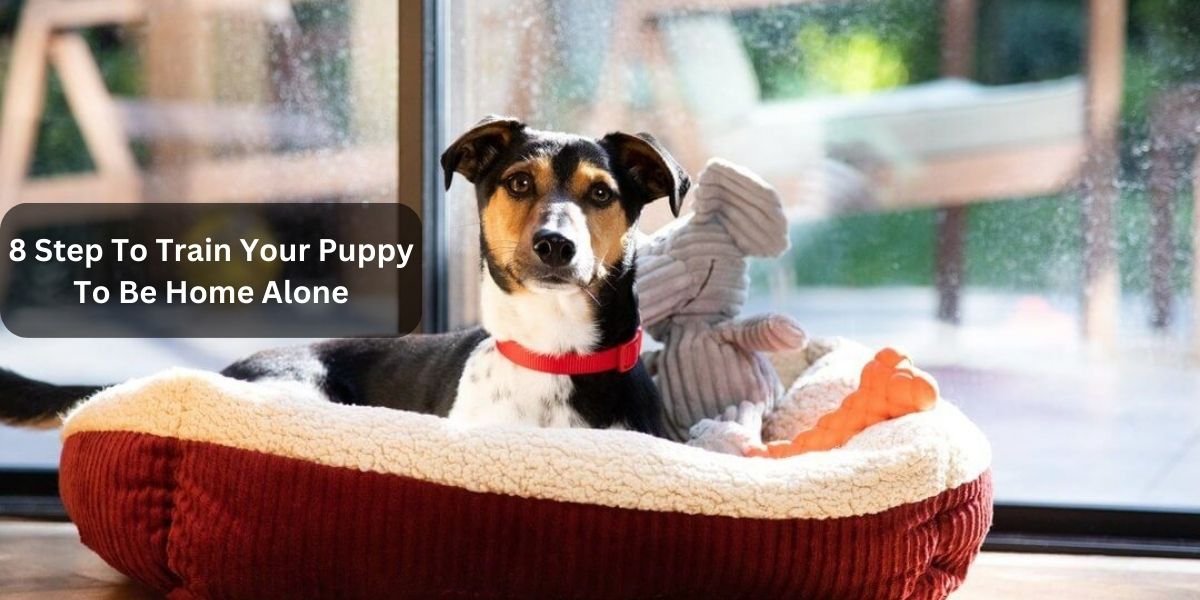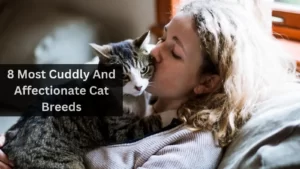Introduction:
Leaving your puppy home alone can be a source of anxiety for both you and your furry friend. However, with gradual training and positive reinforcement, you can help your puppy become comfortable and confident when left alone. In this guide, we’ll explore eight steps to train your puppy to be independent and content while you’re away.
Building Independence and Confidence in Your Puppy
Teaching your puppy to be comfortable when home alone is a gradual process that involves positive reinforcement and patience. Let’s delve into eight essential steps to help your puppy develop independence and confidence.
Step 1 – Start with Short Absences
Begin by leaving your puppy alone for short durations. Start with just a few minutes and gradually increase the time as your puppy becomes more accustomed to being by themselves. This helps build their confidence and prevents separation anxiety.
Step 2 – Create a Safe and Comfortable Space
Designate a specific area in your home where your puppy can feel secure when left alone. Use a crate or a confined space with their bed, toys, and water. This space should be associated with positive experiences, making it a safe haven for your pup.
Step 3 – Practice Departures and Arrivals
Practice leaving and returning without making a big fuss. This helps normalize your comings and goings, reducing the emotional intensity associated with departures. Avoid emotional farewells, as this can contribute to separation anxiety.
Step 4 – Offer Interactive Toys and Puzzles
Provide your puppy with interactive toys and puzzles that can keep them mentally stimulated while you’re away. Treat-dispensing toys or puzzle feeders can engage their minds and make the time alone more enjoyable.
Step 5 – Establish a Routine
Dogs thrive on routines. Establish a consistent schedule for feeding, walks, and departures. Predictability helps your puppy feel secure, making it easier for them to adjust to being alone during specific times of the day.
Step 6 – Gradually Increase Alone Time
As your puppy becomes more comfortable with short absences, gradually increase the duration of your departures. This step-by-step approach helps prevent anxiety and builds your puppy’s resilience to longer periods of solitude.
Step 7 – Use Calming Pheromones
Consider using calming pheromones, available in diffusers, sprays, or collars. These pheromones mimic the natural scents that comfort puppies, creating a soothing environment that can help reduce stress when they are alone.
Step 8 – Seek Professional Guidance if Needed
If your puppy exhibits signs of severe distress or anxiety when left alone, consider seeking guidance from a professional dog trainer or a veterinarian. They can provide tailored advice and assistance to address specific behavioral challenges.
Conclusion:
Training your puppy to be home alone is a gradual process that requires patience and consistency. By following these eight steps and providing a positive and comforting environment, you can help your puppy build independence and confidence, ensuring a happy and contented furry friend when you’re away.
FAQs:
Q1: At what age can I start training my puppy to be home alone?
A1: The ideal age to start training your puppy to be home alone varies, but it’s generally recommended to begin around 8 to 10 weeks of age. Start with short absences and gradually increase the time as your puppy matures and becomes more comfortable.
Q2: How long can a puppy be left alone during the day?
A2: The duration a puppy can be left alone depends on their age, breed, and individual needs. Young puppies may only tolerate short periods, while older puppies can gradually handle longer durations. As a general guideline, avoid leaving a puppy alone for more than four hours initially.
Q3: Is it okay to leave my puppy in a crate when I’m away?
A3: Crating can be a safe and effective way to confine your puppy when you’re away, especially during the training process. Ensure the crate is appropriately sized, comfortable, and associated with positive experiences. Avoid leaving your puppy crated for extended periods.
Q4: How can I tell if my puppy is experiencing separation anxiety?
A4: Signs of separation anxiety in puppies may include excessive barking or whining, destructive behavior, house soiling, and restlessness. If you observe these signs, it’s essential to address the issue gradually and seek professional guidance if needed.
Q5: Are there specific breeds that struggle more with being left alone?
A5: While individual temperament plays a significant role, certain breeds, such as Velcro breeds (breeds that form strong bonds with their owners), may be more prone to separation anxiety. However, with proper training and attention to their needs, most puppies can learn to be comfortable when left alone.



